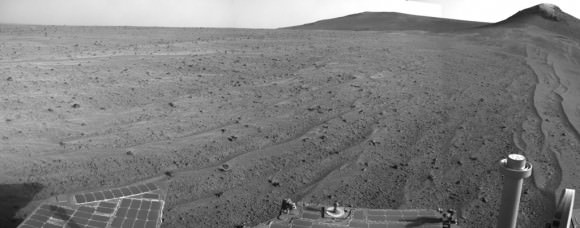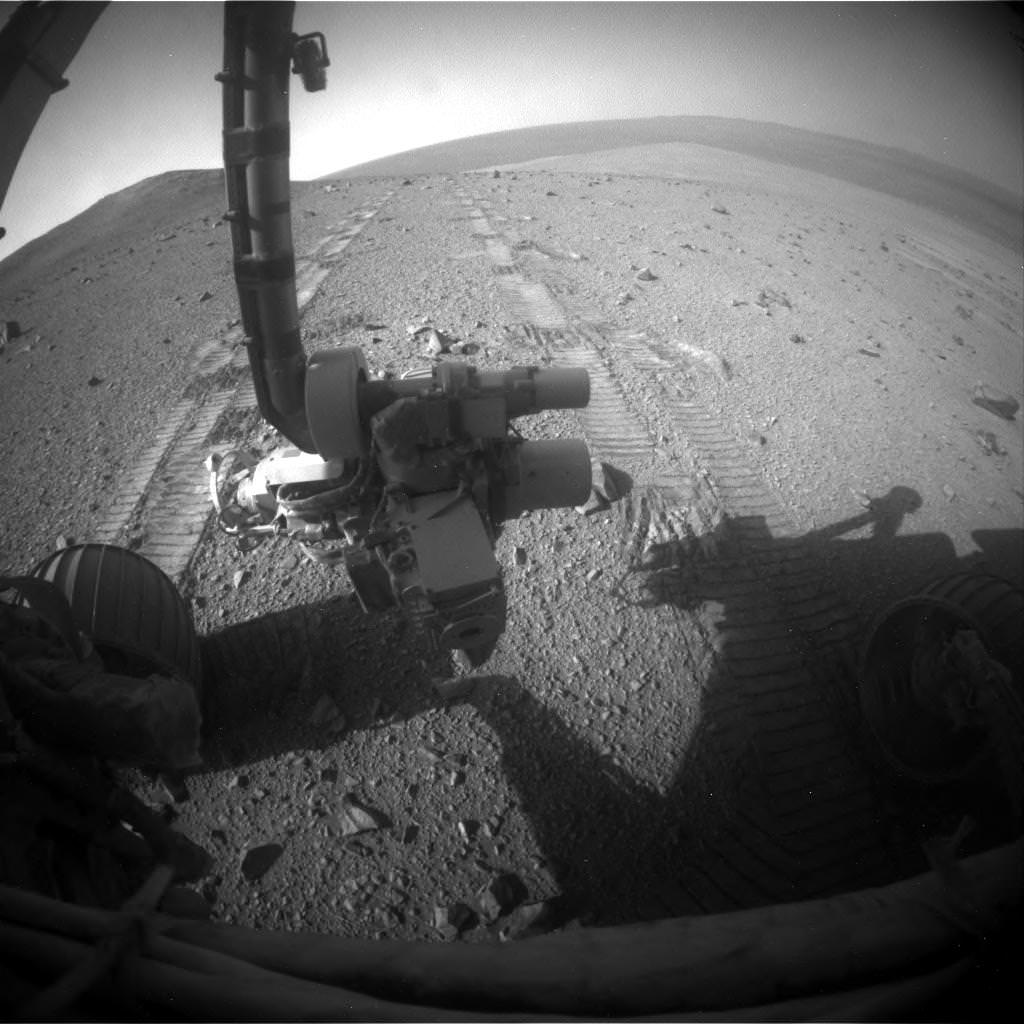NASA’s Opportunity rover, which has been roaming Mars for more than 10 Earth years, requires a flash memory reformat to keep doing science on the Red Planet, the agency wrote in an update Aug. 29 along with its intentions for making that possible quickly.
“Flash-memory induced resets have increased in occurrence, preventing meaningful science until this problem can be corrected,” NASA said on the Opportunity website. “The project is developing plans to reformat the flash file system to correct the problem.”
The agency has experience in doing this procedure as they successfully ran it on the twin Spirit rover five years ago, before the rover got stuck in sand and died. A separate update on the Jet Propulsion Laboratory website noted there have been more than a dozen incidents on Opportunity in the past month, and it takes a day or two to recover from each one.
Flash memory, the update added, is useful because data remains on the rover even if it is turned off. But after 10 years of using the cells on Opportunity’s flash memory, the agency suspects that these cells are starting to wear out. “Reformatting clears the memory while identifying bad cells and flagging them to be avoided,” the update read.

The procedure will take place early this month. Meanwhile, NASA is flushing the flash memory by sending the data back to Earth — as well as switching the rover to a mode where it doesn’t use flash memory. Just in case the rover resets itself during the procedure, NASA is also changing up Opportunity’s communications to send data more slowly (which makes the rover more resilient to problems, the agency said.)
“The flash reformatting is a low-risk process, as critical sequences and flight software are stored elsewhere in other non-volatile memory on the rover,” stated JPL’s John Callas, project manager for NASA’s Mars Exploration Rover Project.
Opportunity is currently circling the ring of Endeavour crater and is in otherwise excellent health, NASA said. The rover has driven 25.28 miles (40.69 kilometers) since arriving on Mars in January 2004 for what was supposed to be a 90-day mission.

